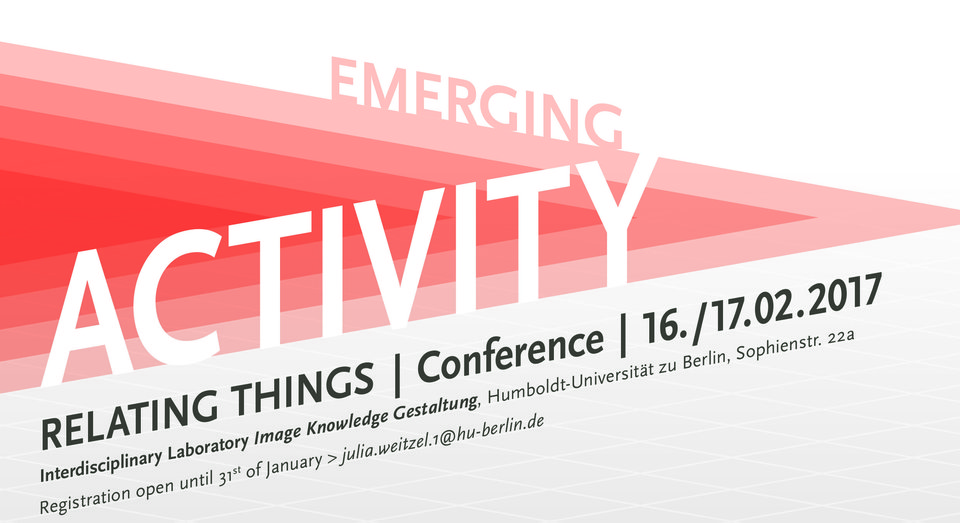Zentralinstitut der Humboldt-Universität zu Berlin

For centuries, self-motion attracted curiosity. While modernity
attributed self-motion primarily to living beings, depriving nonorganic
matter of activity, today biological movement inspires development of
new robotic technologies that mimic selfmovement in nature. At the same
time, activity in matter as such has been discovered by new feminist
materialism as a research
field in its own right, that challenges the
modern dualism of active and passive that divide nature and genders.
With this newly arisen interest in self-motion, debates once related to
biological movement alone, reemerge and enter new fields in the sciences
and humanities trying to tackle the phenomenon of self-motion.
The
dichotomy between holistic and reductionist models, or top down and
bottom up models using the terminology suggested by the historian of
science Raphael Falk (2000), to explain movement in nature, is as old as
the scientific study of organic movement itself. Current advances in
the sciences and humanities demand a re-examination of this dichotomy.
Increasingly powerful computer-based analyses of expanding data sets
today enable us to produce more complex and dynamic descriptions of
phenomena. The behaviors of complex systems on numerous levels, from
composite materials through central nervous systems, to agglomerations
of humans and the multiple potentialities of relations, become
computable, thus ‘explicable’ from a reductionist perspective. On the
other hand, statistical uncertainty and chaos theory became accepted
doctrines in science with repercussions in humanities, fostering
interest in complexity and emergence. The dichotomy between holistic
models and reductionist ones to explain movement in nature currently
disintegrates
– but what comes instead? What is the potential of heuristics that
contend the capacity for movement as intrinsic to any object? Are
descriptions justified according to which movement is rather an issue of
more or less complex relations between things? And are there ways to
integrate a top down and bottom up perspective?
As the different ways
to approach activity and self-motion are of equal importance to diverse
disciplines in the sciences and humanities struggling with the conflict
of a search for complexity while being in need of practical models,
this interdisciplinary conference discusses the emergence of movement in
historically grounded and interdisciplinary perspective. The conference
aims to spotlight advantages of either perspective and challenges the
mutual exclusivity of a reductionist versus holistic approach. Focal
points of interest in this context are ascriptions of activity and
passivity concerning material, social, and symbolic levels.
Registration open until 31st of January via email to Julia Weitzel: julia.weitzel.1@hu-berlin.de
